Discover 6 scary but harmless critters that are roaming around Texas
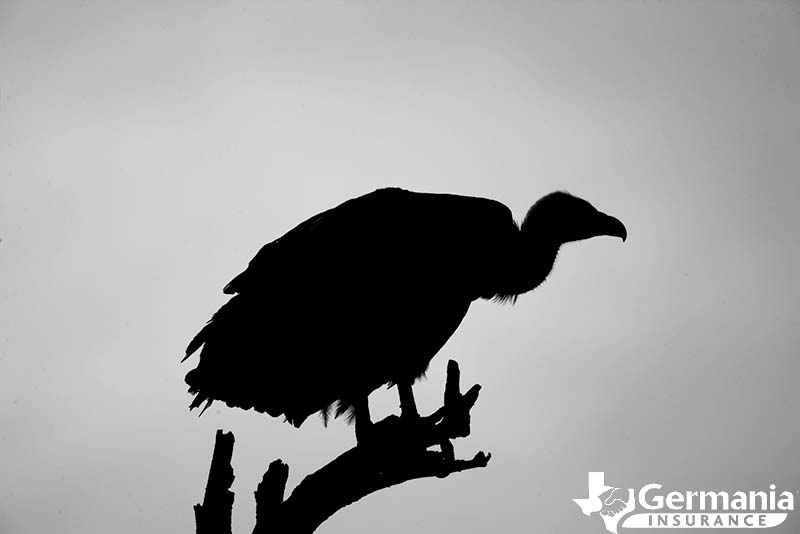
Every year in October, we prepare for Halloween. From wicked witches to creepy ghosts, all means of monsters decorate our homes and streets. But in Texas, we have a state full of real creatures that you might be scared to see in a dark alley!
Although many animals in Texas can pose a real threat, we're going to focus on the top 6 creatures that people think are scary but are pretty harmless. They may send a shiver down your spine, but these animals are more likely to run away from you than they are to do any actual harm.
1. Rafinesque's big-eared bat
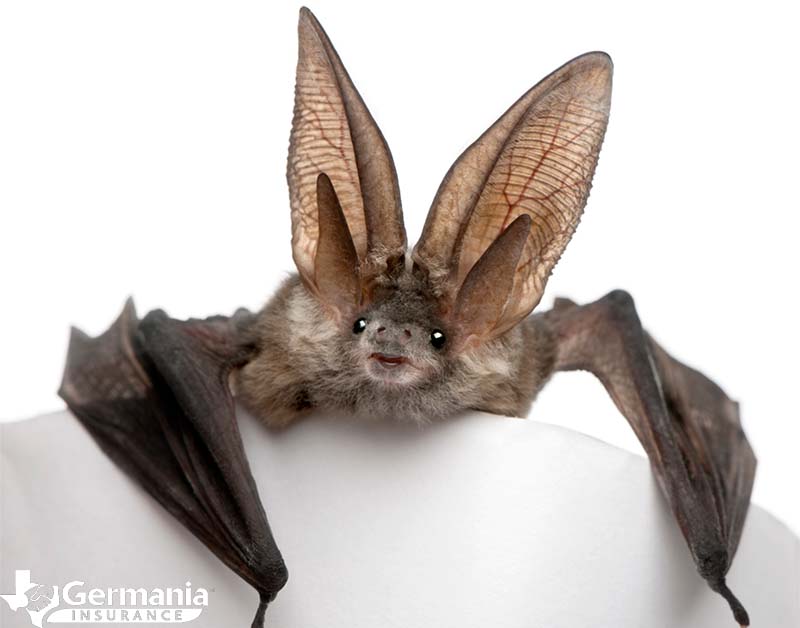
To start our list, we have
Rafinesque's big-eared bat. They might have a frightening appearance with their giant ears and facial glands, but these creatures wouldn't hurt a fly, so to speak.
Actually, if you were a fly, you wouldn't be very safe. These bats are insectivores that mostly eat moths, but they also eat mosquitos, flies, and beetles.
These scary but harmless creatures live in the eastern-most part of Texas, and they tend to live in the hollows of trees. But they've also taken to living in mines, abandoned buildings, and even on concrete bridges. They are active at night, so don't be startled if you see this creepy little guy against the night sky.
French wildlife biologist C.S. Rafinesque named these bats. A most interesting man in his own right, Rafinesque discovered these bats and became deeply interested in them—not just these big-eared bats, but all bats.
2. Opossum
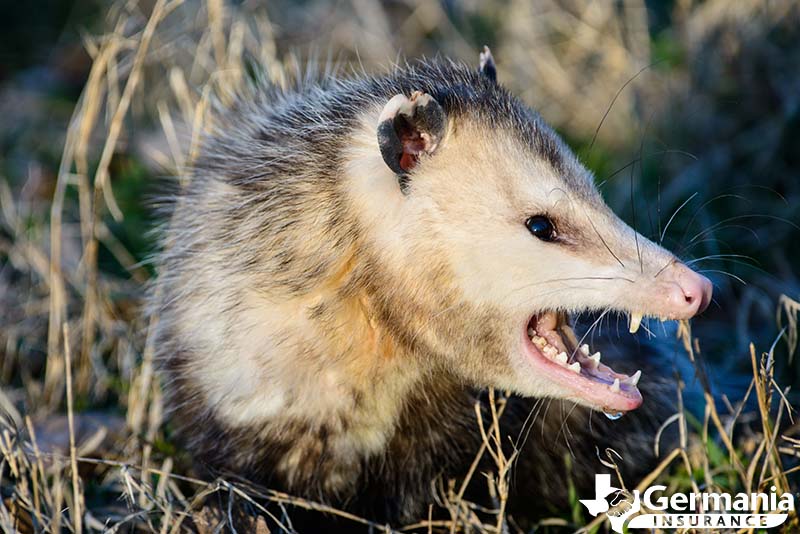
The only marsupial in North America, the opossum might cause you to run when you hear their hiss and see their teeth. But the truth is, there's nothing to be afraid of at the end of the day.
They are nocturnal, so they spend most of their time rummaging around at night looking for something fast to eat. And to increase the scary factor, opossums are likely to play dead if you come across them during the daytime.
Opossums are omnivorous and will eat anything they can easily find since hunting is not their strong suit. Their diet can be quite beneficial to humans as they love to eat ticks. One opossum can eat around
5,000 ticks each season!
While people believe them to be carriers of rabies, they are actually one of the least likely animals to have the disease. Another unique characteristic of opossums is that they are immune to many toxins, such as snake venom.
This brings us to our next scary but harmless creature...
3. Hognose Snake
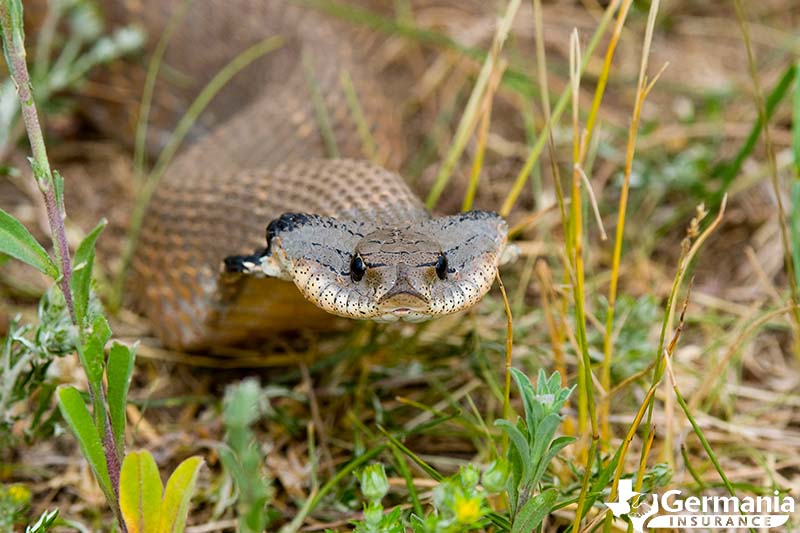
If we saw this
snake on a hiking trail, we would be a little frightened. Hognose snakes might
look fierce, but they pose nearly zero threat to people. Their fangs are closer to the back of their mouths, and the venom they do have is harmless to humans.
If they feel threatened, hognose snakes will hiss, flatten their necks and raise their heads off the ground like cobras. But the truth is, this makes them look a whole lot scarier than they are.
If they think that this threatening display fails to scare off their predator, they will often roll onto their backs to play dead (much like our friend the opossum). Only these snakes take it further by emitting a foul musk and releasing fecal matter from their cloaca.
They will also let their tongues hang out of their mouth, and, to add a more dramatic effect, they'll sometimes have some blood droplets in the corner of their mouths. So it's safe to assume these snakes are more afraid of us (and other creatures) than we should be of them.
4. Texas Horned Lizard
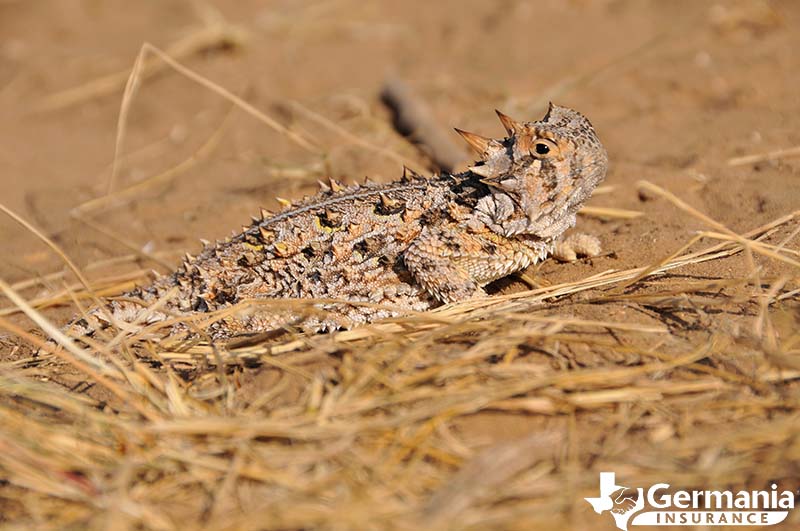 Texas horned lizards
Texas horned lizards are also known as the "Horny Toad," a somewhat confusing name given they aren't toads. The toad moniker came about because these lizards will sometimes expand their stomachs to seem larger. This bulbous look can make them appear to be a toad or frog, not a lizard.
Texas horned lizards can be found in arid and semi-arid habitats in open areas with sparse plant cover. Since horned lizards dig for hibernation, nesting, and insulation purposes, they are commonly found in loose sand or loamy soils. Although that is their preferred habitat, you can find them all over the Lone Star State.
Though the horned lizards might look fierce, there's nothing to worry about. When these kings of camouflage sit down for a meal, they are most likely to be eating harvester ants. It's one of the only things they'll eat.
5. Black Vulture
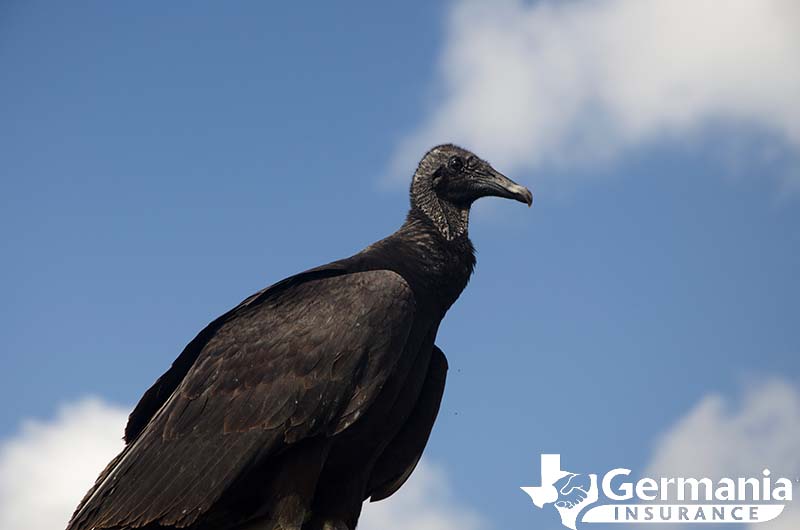
It's no wonder people find
vultures scary. People commonly use these birds as a bad omen in movies and other media, often associated with death. These dark birds are found all over the state of Texas, making their nests in tall trees or poles so they can have a good view of the ground below.
One unique thing about the vulture is their sense of smell. These birds can smell carrion (dead animals) up to a mile away!
While most vultures only eat carrion, black vultures can and will hunt live animals as well. Their vision is better than most other vultures, which helps them when hunting their prey. Though they may be dangerous to the small animals they hunt, they are pretty much harmless to humans.
One interesting feature of these birds of death is their "bald" heads. This evolution most likely happened because bits of rotting meat would stick to their feathers which often caused health issues. Over time, they stopped growing feathers on their heads which helped reduce those issues.
Vultures are vital to keeping the environment safer from disease by eating rotting meat that other animals won't. So while they may look a little frightening, they're helping the ecosystem.
6. Texas Brown Tarantula

One of the most common tarantula species in the South, the
Texas Brown Tarantula looks much scarier than it is in real life.
These tarantulas aren't unique to Texas, as you can also find them in Arkansas, Colorado, Kansas, Louisiana, Oklahoma, and even Mexico. They build their homes in grasslands where they can burrow underground or use things like logs, stones, and the abandoned dens of other animals as their homes.
The Texas Brown Tarantula is a non-aggressive species, but that doesn't mean it doesn't look fierce when trying to defend itself. When it feels threatened, this tarantula will get up on its hind legs while raising its front legs. Like other tarantulas, it will also sometimes kick its urticating hairs on its abdomen in the direction of the threat.
These spiders can bite, so we wouldn't suggest picking it up if you encounter one. However, their bites don't generally cause serious harm to humans unless the human is allergic. And if you avoid them, they will most likely avoid you too.
The one attribute all the animals on this list have in common is that they play an essential role in their environments. In a couple of cases, these animals help keep humans safe!
If you learn nothing else from this article, know that just because an animal looks scary doesn't mean it is. Instead, these harmless creatures are evidence of how looks can be deceiving!
 Finding quality insurance can be scary - but it doesn't have to be! Germania Insurance is here to help. To learn more about our products and services, request a free quote online or reach out to your local agent today!
Finding quality insurance can be scary - but it doesn't have to be! Germania Insurance is here to help. To learn more about our products and services, request a free quote online or reach out to your local agent today!